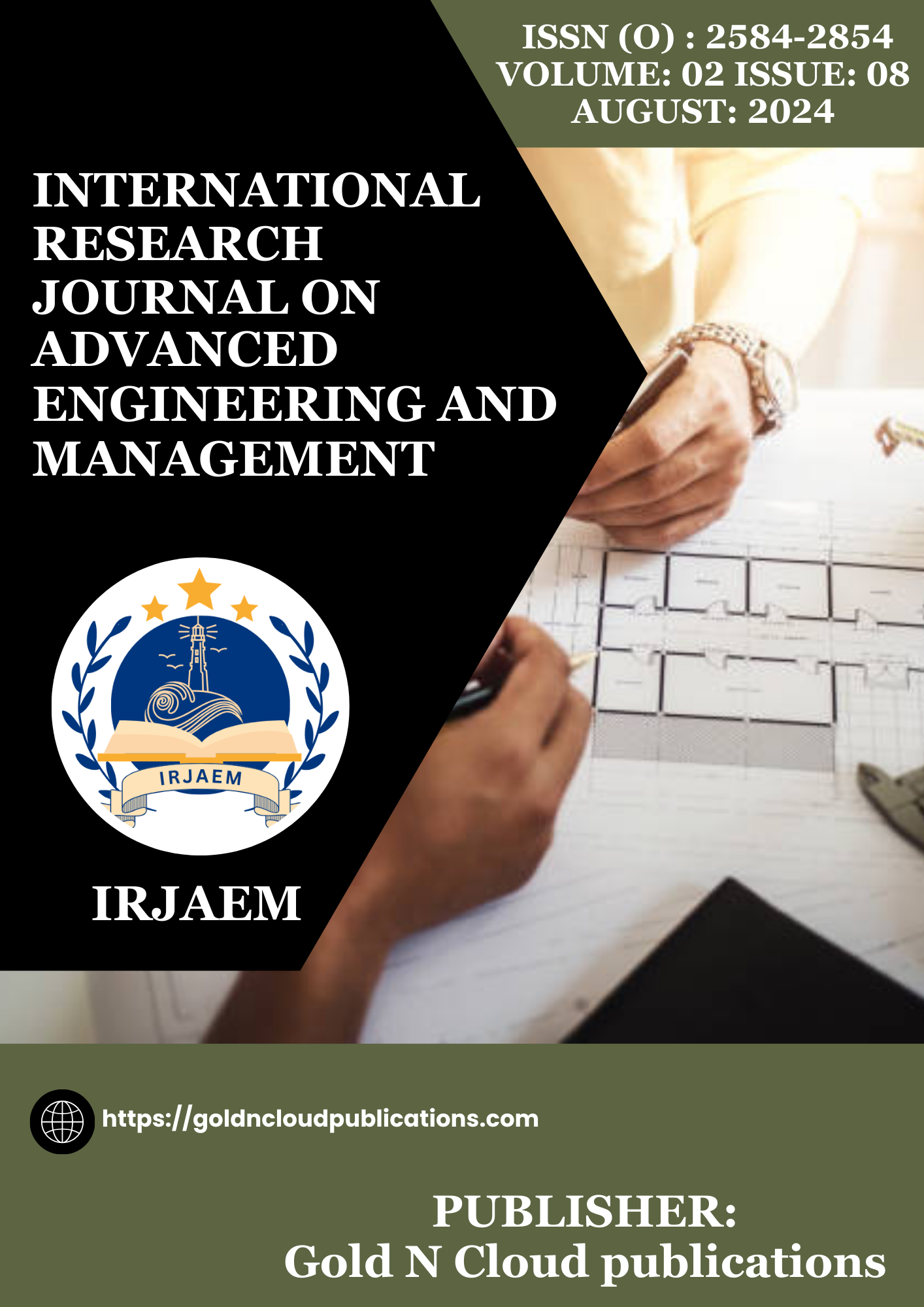Comparative Analysis of Human vs. Machine Stone Polishing Techniques: A Comprehensive Study on Cost, Productivity, Health, and Risk Management
DOI:
https://doi.org/10.47392/IRJAEM.2024.0358Keywords:
Project Requirements, Construction Engineering, Management, Automated Machines, Comparative Analysis, Cost-Cutting Measures, Equipment Productivity, Human Productivity, Techniques, Risk Analysis, Management Strategies, Human Labor, Health Considerations, Cycle Time, Quality Consistency, Training Requirements, Surface Finishes, Cost-Effectiveness, Throughput, Ergonomic Factors, Construction Projects, Hazardous Materials, Risk Mitigation, Downtime, Stone PolishingAbstract
Stone polishing is a critical aspect of construction engineering and management, influencing the aesthetic appeal and durability of stone surfaces in various architectural projects. Traditionally reliant on skilled human labor, recent advancements have introduced automated machine-based polishing techniques. This research conducts a thorough comparative analysis of human-operated and machine-based stone polishing methods within construction engineering and management. The study evaluates cost-cutting measures, equipment productivity, human productivity, techniques employed, health considerations, risk analyses, and management strategies associated with both approaches. It scrutinizes initial investment, operational costs, and long-term maintenance expenses to ascertain cost-effectiveness. Throughput, cycle time, and quality consistency are assessed to gauge equipment and human productivity, considering training requirements and downtime. Techniques employed in both methods are examined for their adaptability to diverse surface finishes and project requirements. Furthermore, the research investigates health implications, encompassing ergonomic factors, exposure to hazardous materials, and risk of injuries, alongside risk analysis and management protocols. By synthesizing these findings, the research aims to provide valuable insights for construction engineering and management professionals, facilitating informed decision-making to optimize stone polishing processes while ensuring cost-efficiency, productivity, worker health, and risk mitigation in construction projects.
Downloads
Downloads
Published
Issue
Section
License
Copyright (c) 2024 International Research Journal on Advanced Engineering and Management (IRJAEM)

This work is licensed under a Creative Commons Attribution-NonCommercial 4.0 International License.


 .
. 